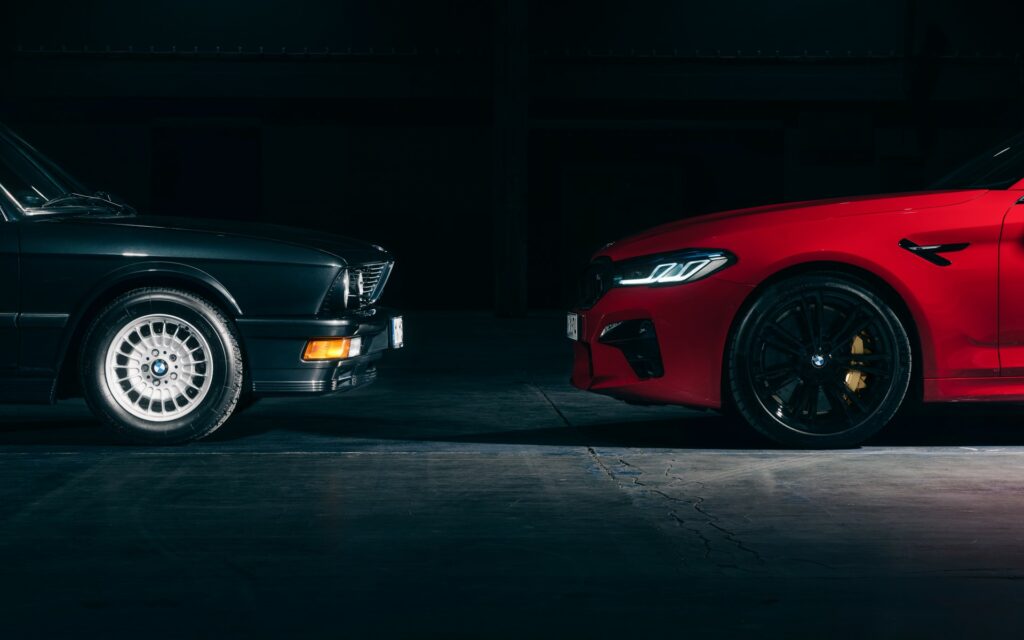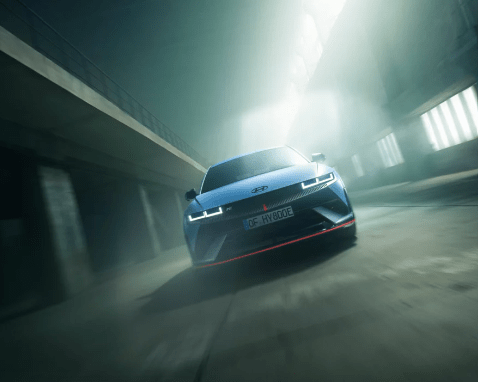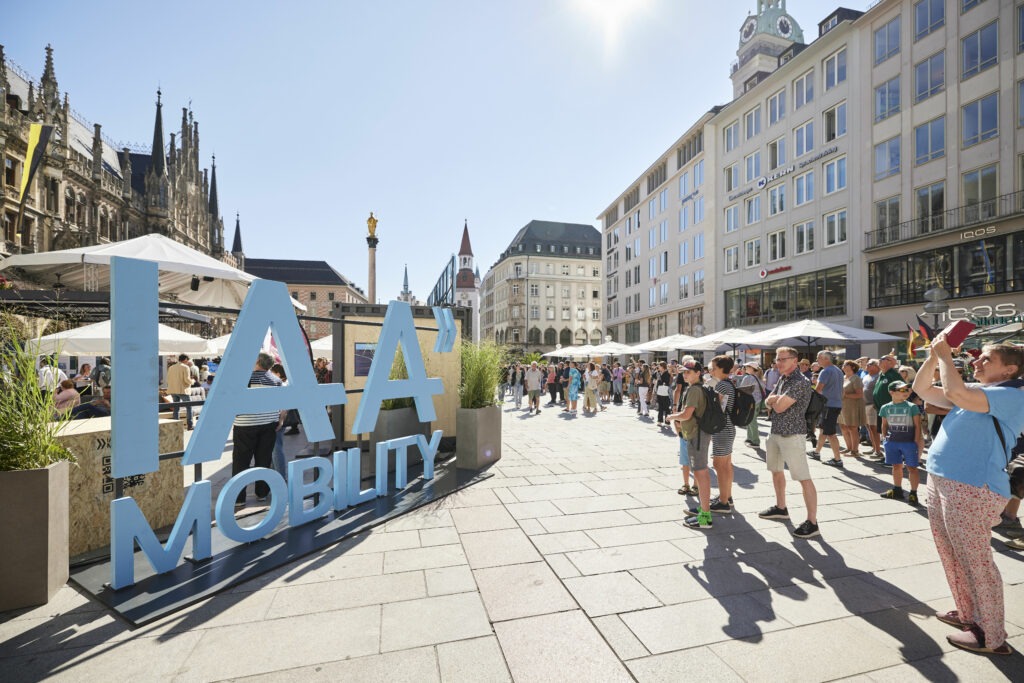How important are automotive performance sub-brands?
26 September 2023

Many carmakers have exclusive performance sub-brands. But just how important are these sportier divisions to overall sales and reputation, and where do they fit within an increasingly electrified market? Autovista24 web editor, James Roberts, investigates.
For many, a car is all about getting from A to B, and little more. But for others, vehicle ownership is a means of self-expression and a way of tapping into a more exotic and high-performance driving experience.
From Volkswagen (VW) Group to BMW, Mercedes-Benz, Nissan, Ford, Hyundai and Stellantis, this is where carmakers’ performance sub-brands come into play. But far from just niche additions to a company’s mainstream output, these alternatively-badged brands can be major unit-shifting icons.
Sub-brand models are often seen as aspirational, while benefitting from association with larger parent companies. They also come with close ties to the world of motorsports, offering an avenue of technical development and street credibility.
Mercedes-Benz AMG, BMW M, and Hyundai N have all become mainstream names, exuding premium sports-derived advances. These sub-brands can help drive sales and generate significant profits for their parent companies. While these models are typically more expensive to produce than their mainstream counterparts, this is offset by the higher prices they can command.
‘Performance sub-brands are normally a kind of shop window for the high-quality, high-performance products from each manufacturer, such as BMW with M, or Mercedes with AMG,’ confirmed Dirk-Marco Adams, chief sales officer at Autovista Group. ‘Some OEMs will even now create separate brands, like Cupra (from SEAT) or Polestar (from Volvo/Geely), to tap into this area.’
Sporty connections

Performance sub-brands have a longstanding place within the automotive industry, and many boast illustrious legacies. Ford launched its first RS (rally sport) model in 1968, and the initials have been added to fast Fords ever since. Nissan’s performance division, Nismo, heralds back to the mid-1980s.
Stellantis commands the Fiat-aligned Abarth, while Audi’s evocative Quattro brand emerged from World Rally Championship success in the 1980s. This DNA continues to run through the RS models, under the Audi Sport umbrella, including the likes of the Audi R8.
Boosted by association with multiple Formula 1 titles and racing successes, Mercedes-Benz’ AMG brand is a performance powerhouse. Starting out as an independent motorsport-centred tuning company, AMG went on to apply its engineering capabilities to numerous models.
Today, Mercedes-AMG employs some 2,400 staff at its plant in Affalterbach, Germany and has a model range of over 50 performance vehicles. This spans sedans, coupés and SUVs, as well as roadsters and the Mercedes-AMG GT, the second sports car developed independently by the company.

Alongside AMG, perhaps one of the most famous performance sub-brands is BMW’s M subsidiary. Set up in 1972 and labelled BMW Motorsport GmbH, its sporting focus shifted to road cars which incorporated track-derived high-performance components and styling.
Fast forward half a century and high-performance M models are developed for the road and track. This includes the M3, M4 and M5 variants, known for their high performance, luxurious interiors, and aggressive styling.
Analysing RV performance
Far from a niche offering, performance sub-brands can form a crucial part of a manufacturer’s sales catalogue, capable of delivering big profits. For example, BMW’s M sub-brand recorded a total global sales figure of 177,257 vehicles in 2022, an 8.4% increase on the previous year. But what about residual value (RV) performance?
‘A higher equipped and higher performance car normally has a better RV,’ highlighted Adams. ‘These models normally have a higher used-car demand, and because most of these sub-brands do not have high market-share targets in the beginning, demand is higher than the offer.’
‘In all our Car-To-Market studies and consulting, we advise OEMs for new car launches to promote and offer higher equipped cars with limited volume such as ‘first editions’, to install a higher starting price on the used-car market in the beginning,’ Adams added. ‘We have seen over the last few years that when the performance sub-brand is very successful, the OEM might decide to give it a wider role or a more important position in the organisation.’
Related trim lines
Performance sub-brands can serve as a testing ground for innovations. Automotive manufacturers can use them to develop and refine new technologies, such as more powerful powertrains, lighter materials, and more efficient aerodynamics.
These technologies can then be trickled back down into the parent company’s mainstream models, making them more competitive and appealing to consumers. Aligned with his, many manufacturers offer a trim level which echoes key design cues and branding. For example, BMW M Sport models come with a sportier design and driving feel than other mainstream cars, however, they are not as powerful or bespoke as their M counterparts.
Similarly, Audi rolled out premium trim offerings back in 2001, and today offers S Line models. Meanwhile, Mercedes-Benz produces the AMG Line, Hyundai the N Line, and the Ford ST Line.
‘Performance versions represent the manufacturers’ sporty attributes and are linked to their high-power engines,’ said Jennifer Bilatscheck, director CTM and consulting at Autovista Group. ‘These premium offerings create above average demand not only for these performance versions, but also for related trim versions, including M Sport packages, Audi’s S Line, or Mercedes’ AMG Line, which offer similar design elements to the ‘real’ M, RS, and AMG versions.’
Sub-brands and electrification
Traditionally, a primary attraction of a sub-brand vehicle was the performance of its internal-combustion engine (ICE). With the market share between ICE models and electric vehicles (EVs) continuing to close, performance sub-brands are aligning themselves with this new trend.
In 2022, BMW’s highest-selling M model was the all-electric BMW i4 M50, leading Timo Resch, head of customer, brand and sales at BMW M to state this was: ‘a clear signal that the unique M feeling has arrived in the world of electrified vehicles.’
Last year, VW’s R performance sub-brand announced plans to go fully electric by 2030. VW stated that electric R vehicles would benefit from technology developed via track-tested prototypes and remain a distinct and premium offering.

A major player in the increasingly electric age is Hyundai’s performance N sub-brand. It has grown in prominence since its launch in 2017, with the i30 N, a car whose design was inspired by years of rally and on-track competition. Since 2017, the N treatment has been given to other Hyundai models, including the i20, Kona, Veloster, and crucially, has been extended to the company’s range of EVs.
This year will see the Ioniq 5 N launched, Hyundai’s first all-electric N model and one of the first true performance sub-brand-created cars. Slated for release in late 2023, the Ioniq 5 N will be capable of producing around 650bhp from its dual motors and 84kWh battery pack, as well as a 0-100kph time of 3.4 seconds and a top speed of 260kph.
‘I am sure there will be no difference for electrified models from performance sub-brands in the future,’ confirmed Adams. ‘It will also be possible to have such performance brands and higher equipment only with EVs instead of petrol or diesel.’



